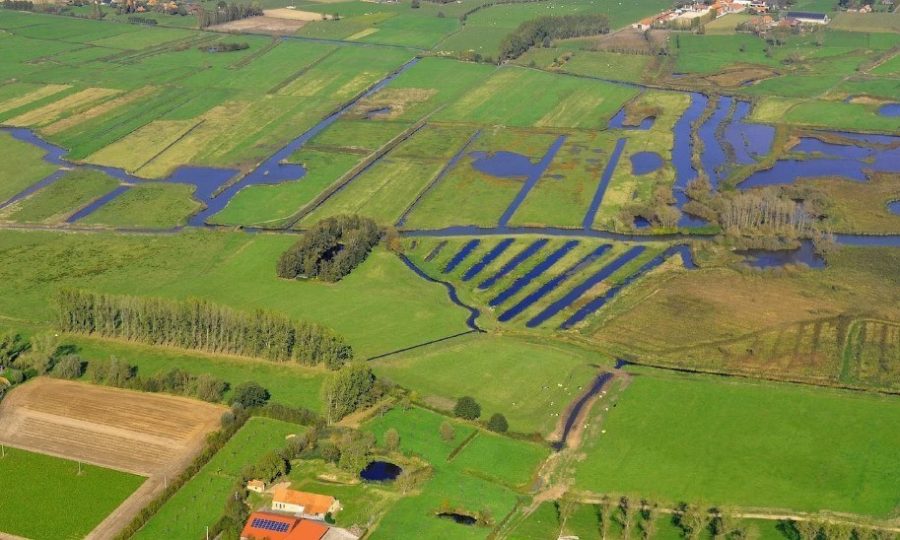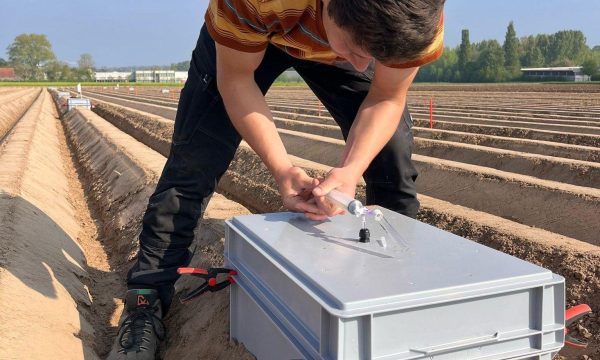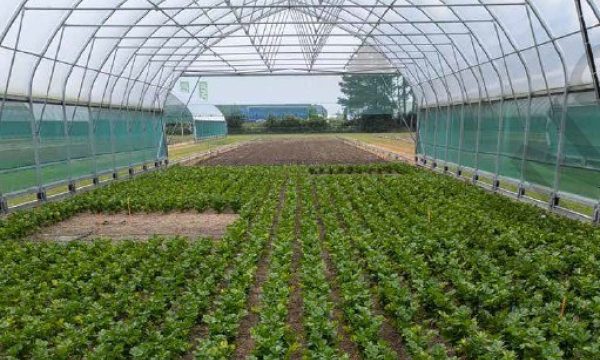Publication Impact of rising groundwater and wetlands on nearby agricultural land in Flanders

In this study, we developed a model framework to estimate the effect of groundwater levels on the yield of conventional crops in Flanders. The joint model SWAP-WOFOST, behind the Dutch initiative Waterwijzer Agriculture, was used to simulate yield and yield reduction due to drought (too dry) and oxygen stress (too wet) based on historical data for five major crops in Flanders: grass, forage maize, potato, winter wheat and sugar beet. This model also allows us to include the effect of restrictions in normal agricultural practices due to too wet or too cold conditions, the so-called indirect effects. Too-wet conditions in the root zone begin when crops begin to experience oxygen stress, that is, when oxygen availability is lower than the oxygen demand of plant roots.
Freely available (online or on-demand) datasets and maps for all of Flanders were used, obtained from Flemish institutions or previous projects. We compiled a database of experimental yield observations in Flanders and used it to evaluate model performance under Flemish conditions. We also wrote three literature review chapters on the effects of groundwater on agricultural practices, the effect of shallow groundwater levels and rewetting on nutrient mobility, and the potential of paludiculture in Flanders. Finally, the model was applied to the agricultural area around De Zegge-Mosselgoren, near Geel.
Final report (in Dutch)
Impact van peilverhogingen en vernatting op nabijgelegen landbouwgebied in Vlaanderen


